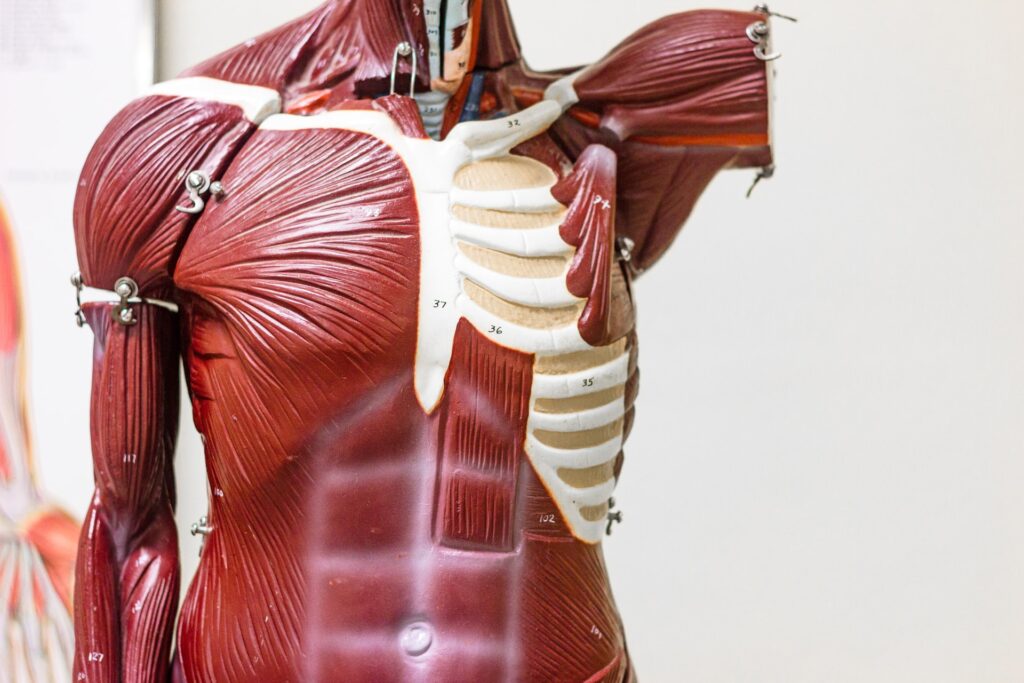What is a rare muscular disease?
A muscular rare disease affects the muscles of the body. This can be a weakening, irritability, or low muscle tone. This can also have a consequent impact on an individual’s physical development and ability.
The body contains over 600 muscles, and muscles control every movement we make. There are three main types of muscles – cardiac, skeletal, and smooth.
Smooth muscles control many functions of the body, including the contraction of blood vessels.
Examples
- Rippling muscle disease
This rare genetic disease belongs to a group of syndromes known as caveolinopathies. Generally, this disease develops during late childhood, or into adolescence.
Symptoms affect the muscles of the body in many different and sometimes debilitating ways. These include muscle irritability, repetitive muscle tensing, a bunching up of the muscles, and a visible rippling of the muscles.
Individuals also often suffer from fatigue, cramps, and muscle stiffness in response to excessive activity, or extreme cold.
In some individuals, this muscular disease may also trigger an overgrowth of muscles.
This genetic disorder is caused by mutations in the CAV3 gene.
2. STAC 3 disorder
This muscular rare genetic disorder affects the skeletal muscles of the body. It causes muscle weakness and low muscle tone. Delayed motor skill development is common with the syndrome. Joint deformities are also a main symptom.
Issues with the muscles can cause feeding and swallowing difficulties, especially in infants with the syndrome. With the muscles responsible for controlling so many of the body’s functions, issues with the muscles can create a multi-system disorder with a wide range of health issues.
Individuals with STAC 3 are also at risk of developing malignant hyperthermia. This is a severe reaction to specific types of drugs, and specifically anesthetics.
This muscular rare disease is caused by mutations in the STAC3 gene. It is inherited in an autosomal recessive pattern, meaning both parents must be carriers of the gene mutation for a child to be potentially affected by it.
3. Danon disease
This rare genetic disorder affects both the cardiac and skeletal muscles of the body. One of its most serious symptoms is cardiomyopathy, which is a thickening of the heart muscles, which makes it difficult for the heart to contract, and function properly.
Individuals with this condition have weak skeletal muscles, which affects their physical movement ability.
Apart from symptoms relating to the muscles, this muscular genetic syndrome also presents with intellectual disability.
Caused by a mutation in the LAMP2 gene, this X-linked genetic syndrome affects males earlier in life, and more severely than females. This is also reflected in the different life expectancy for individuals with this syndrome – with males living, on average, to 19 years, and females with the rare disease to 34.
Anyone facing a diagnosis of a rare muscular disease should consult with a genetic counselor, in terms of understanding the diagnosis and testing process, as well as what it means to manage a rare disease long-term. While there may not be treatments per se, for a rare disease, there are often therapies that can help with some of the symptoms of a muscular disease.



